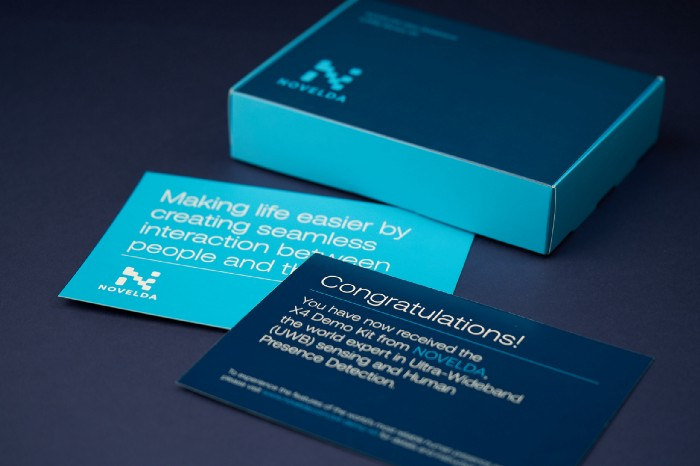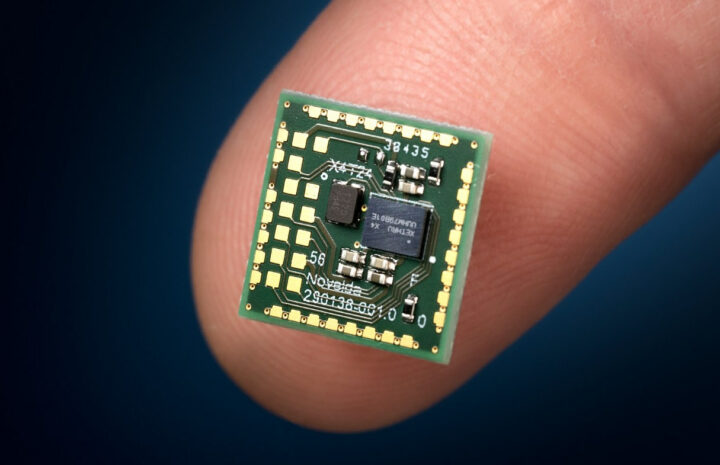We’ve just written about an ESP32 UWB board equipped with an ultra-wideband module designed for indoor positioning with about 10 centimeters accuracy, which should be good enough for many applications, but it turns out UWB sensors can be made to be much more accurate.
NOVELDA has just announced the UWB X4/X4F103 sensor and development kit that can detect submillimeter micro-movements such as breathing for human presence detection and does so at a really low power consumption of under 2mW.
NOVELDA UWB X4 (X4F103) highlights:
- High-precision ranging for accurate distance measurement and absolute range bounding based on patented impulse radar technology
- Low power consumption below 2mW, and no co-existence issues with other sensors
- Wide detection zone for accurate detection with up to 180-degree field of view
- Up to 5m range
- Works through plastic and glass or layers of clothing
- Package – 12 x 12mm sensor
A big difference compares to Decawave DW1000 used in ESP32 UWB board is the range 5m vs up to 300 meters, so I suppose there’s a tradeoff between accuracy and range in those UWB sensors. That range is also similar to Time-of-Flight (ToF) sensors using laser light that have been popular for distance measurements in recent years, and cannot go through clothing or plastic. NOVELDA specifically explains “UWB technology outperforms other technologies such as Passive InfraRed or Time of Flight sensors in terms of accuracy, robustness, and security”.
The UWB X4 sensor will mostly be used in smart home and building automation notably for touchless-screen displays, lighting and HVAC control, and wireless health monitors. One interesting use case is in the hospitality industry where the sensor can be used to detect the presence of humans, even while sleeping under a blanket, in order to improve energy efficiency and cut costs in HVAC by 12%. Some other examples include turning on and off the backlight of a display as needed to reduce energy consumption and extend the life cycle of a product, and Lenovo is using an Ultra-Wideband sensor from NOVELDA in their premium laptops for auto wake-up and auto-lock.

Demo kits of NOVELDA UWB X4F103 sensor are available now to “select customers”. If you think have a business case for the sensor, you can try to contact the company to apply for a demo kit for evaluation. More details may be found on the company’s website, the announcement on Medium, and the solution will also be showcased at CES 2022 on January 5-8.
Via Hackster.io

Jean-Luc started CNX Software in 2010 as a part-time endeavor, before quitting his job as a software engineering manager, and starting to write daily news, and reviews full time later in 2011.
Support CNX Software! Donate via cryptocurrencies, become a Patron on Patreon, or purchase goods on Amazon or Aliexpress





